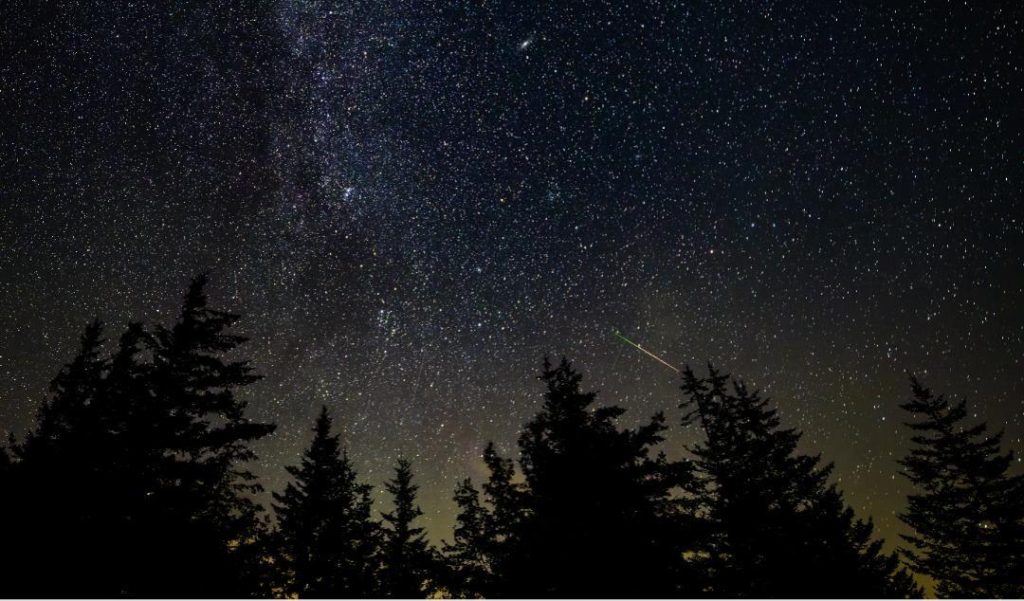
When and How to Watch Perseid Meteor Shower Which Will Peak Tonight?
The wait is finally over! One of the most spectacular celestial events of the year, the Perseid meteor shower, is set to peak tonight. The predawn hours of August 13 offer the best opportunity to catch a glimpse of this astronomical wonder. In this blog post, we will guide you on when and how to watch the Perseid meteor shower, so you can make the most of this breathtaking experience.
What is the Perseid Meteor Shower?
The Perseid meteor shower is an annual event that occurs when the Earth passes through the trail of comet Swift-Tuttle. This comet was discovered in 1862 and takes about 133 years to complete one orbit around the Sun. As the Earth encounters the comet’s trail, small particles of ice and rock enter our atmosphere, burning up and producing a bright streak of light in the sky, commonly known as a meteor.
When Will the Perseid Meteor Shower Peak?
The Perseid meteor shower will peak on August 12 and 13. According to Space.com, the predawn hours of August 13 offer the best opportunity to see Perseids. This is because the shower’s radiant point, which is the point in the sky where the meteors appear to originate, will be highest in the sky during this time.
How to Watch the Perseid Meteor Shower?
To optimize your viewing experience, here are some tips:
- Find a Dark Location: Head to a spot away from town or city lights, which can obstruct your view of the stars. Find a location with a wide view of the sky, preferably with minimal obstructions such as buildings, trees, or hills.
- Dress Warmly: It can get chilly in the early morning hours, so dress warmly and bring a blanket or chair to make your viewing experience comfortable.
- Give Your Eyes Time to Adjust: It takes about 20 minutes for your eyes to adjust to the dark, so be patient and let your eyes get accustomed to the night sky.
- Bring Binoculars or a Telescope: While not necessary, binoculars or a telescope can enhance your viewing experience and help you spot more meteors.
- Be Prepared to Wait: Meteor showers are unpredictable, and the frequency of meteors can vary greatly. Be prepared to wait for at least 30 minutes to an hour to see a decent number of meteors.
Additional Tips
- The Perseid meteor shower is active from July 17 to August 24, but the peak hours are the best time to see the most meteors.
- The shower’s radiant point will be in the constellation Perseus, so try to locate this constellation in the sky to increase your chances of seeing more meteors.
- Don’t forget to look for the moon, which will be in its new phase, making it easier to spot the meteors.
Conclusion
The Perseid meteor shower is a treat for anyone interested in astronomy, and with these tips, you can make the most of this breathtaking event. Remember to find a dark location, dress warmly, give your eyes time to adjust, and be prepared to wait. Don’t miss this opportunity to witness the celestial fireworks display in the night sky!






